









- ★Product Description
- ★About us
- ★Custom cable
SPECIFICATIONS
Application: Computer
Brand Name: SPLENDID
Condition: New
Dissipation Power: 1
High-concerned chemical: None
Operating Temperature: -40-+85
Origin: Mainland China
Package: SMD
Quantity: 1
Size (1S 2S BMS): 23.6 * 11.28mm
Size (3S 4S 5S BMS): 54.66 * 17.98mm
Supply Voltage: 1
Type: Voltage Regulator
is_customized: Yes
Model: Universal Protection Board for Ternary Lithium Battery
This protection board uses a mature protection circuit with a dedicated IC and imported high-current ultra-low resistance MOS (single MOS resistance as low as 3m¦¸). It provides comprehensive and stable charging and discharging protection functions.
With a compact size and high current capacity, it is suitable for high-current applications such as power tools and RC models.
This protection board is designed for high-current power lithium batteries, making it ideal for equipment requiring large currents, such as power tools, motors, and electric drills.
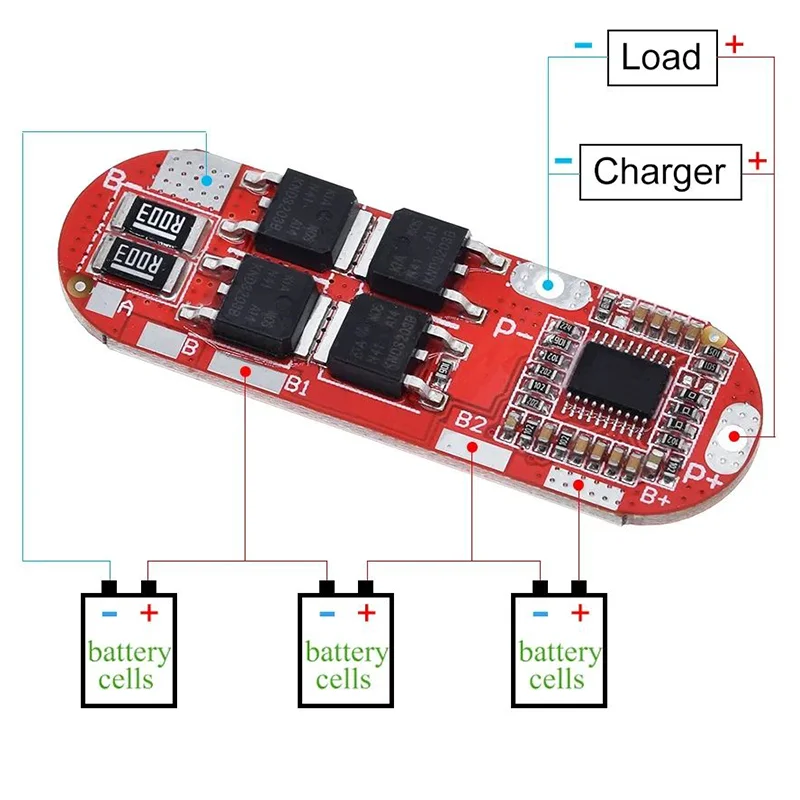
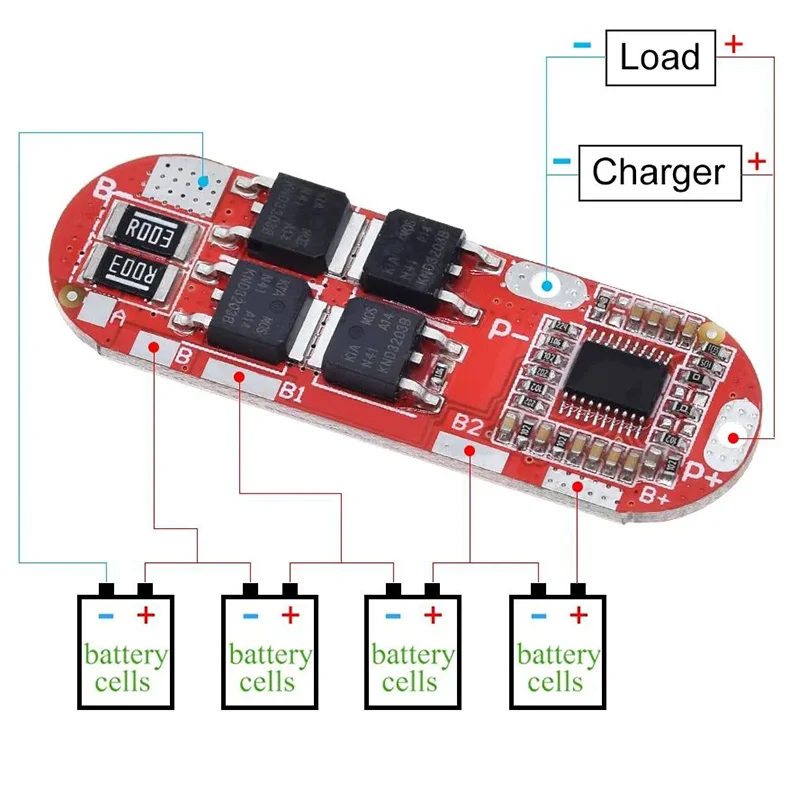
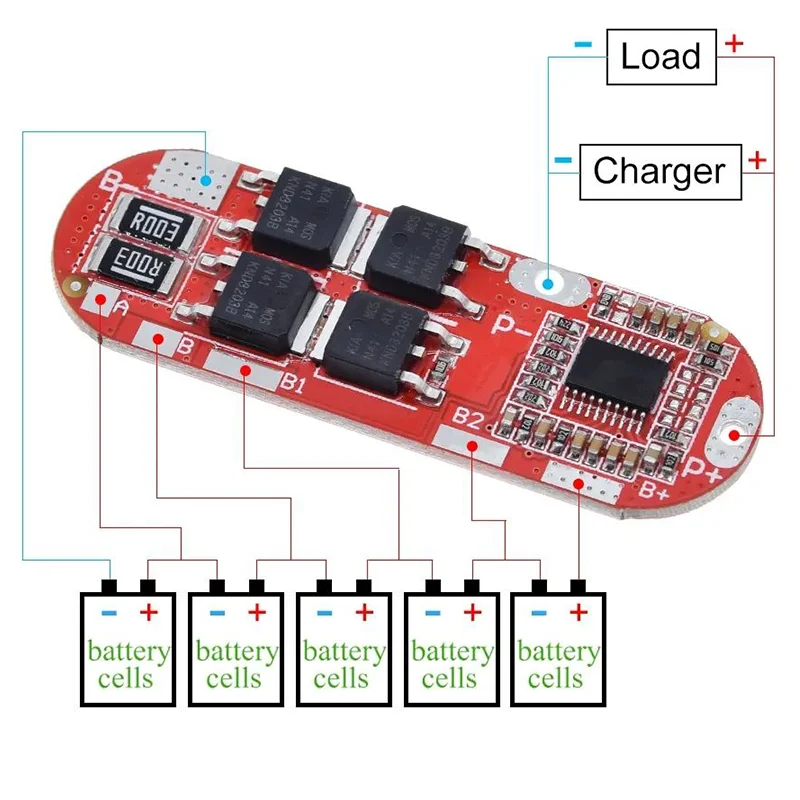
Instructions for Modifying the Series Configuration:
This protection board is compatible with 3S, 4S, and 5S configurations. However, switching between different series requires manual adjustment of the components on the board before wiring according to the corresponding series wiring diagram.
For example: If a customer purchases a 3S board but wants to use it with a 4S battery, they can make the adjustment themselves (i.e., modify the 3S board to a 4S board).
Steps:
Remove the 0¦¸ resistors from "Position 2" and "Position 4".
Short "Position 1" with a 0¦¸ resistor or solder it directly. The modified component layout should match the "4S standard diagram".
Then, wire the board according to the 4S wiring diagram.
Note: If the customer is using the 3S board with a 3S battery, no modification is needed. Please ignore these instructions.
Connection of B- and C-: Use thick wires for connecting B- and C-, and ensure the solder pads are correctly connected to the corresponding positive and negative terminals of the device.
Battery Matching: Before installing the protection board, ensure the batteries are well-matched. Each cell's voltage difference should not exceed 0.05V, internal resistance difference should be within 5m¦¸, and capacity difference should be less than 30mAh. The protection board protects each series of cells, and if any cell's voltage is too high or too low, it will trigger protection. The better the consistency of the batteries, the longer the overall battery life and the better the performance of the protection board.
Battery Grouping: Single cells must first be connected in parallel to form the required battery pack before connecting the packs in series.
Voltage Matching for Series Connection: When connecting three groups of batteries in series, ensure the voltage of each group is the same. If not, fully charge each group individually before connecting them in series. During discharge testing, the group whose voltage drops the fastest indicates weaker batteries.
Avoid Mixing Batteries: Do not mix good and weak batteries. The closer the capacity and internal resistance of the battery pack, the better.
Battery Type Compatibility: This protection board is not suitable for lithium iron phosphate (LiFePO4) batteries.
Prohibition of Series Connection: Lithium battery protection boards must not be used in series.
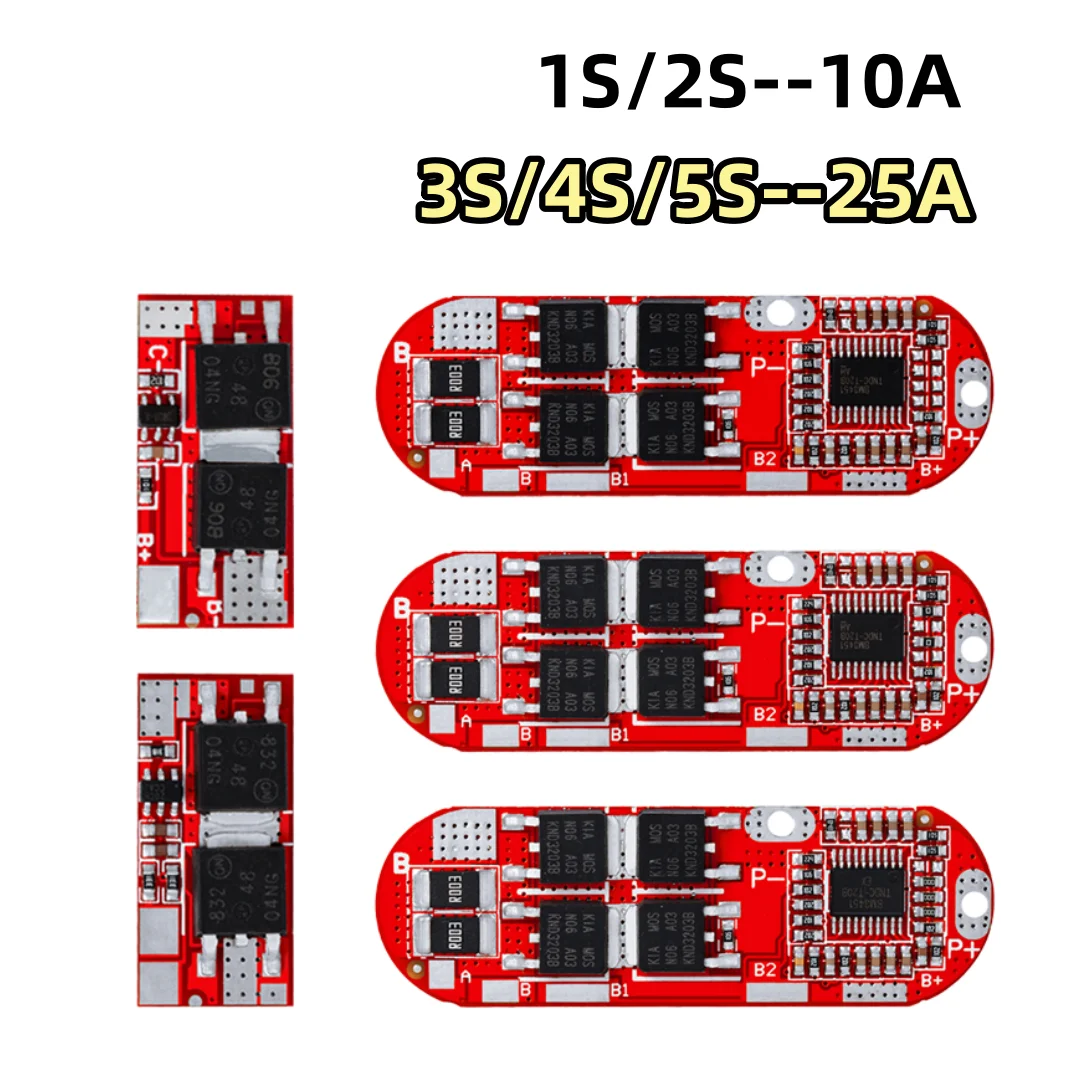
1. Can my battery use this protection board?
Answer:
Whether your battery can use this protection board depends on two factors:
Battery Series: You need to purchase a protection board corresponding to the number of series in your battery pack.
Battery Material: We offer protection boards with parameters for both lithium iron phosphate (LiFePO4) and polymer batteries. If your battery is LiFePO4 with a nominal voltage of 3.2V per cell, please select the "3.2V LiFePO4" category. If your battery is a polymer battery (e.g., ternary, lithium cobalt oxide, or lithium manganese oxide) with a nominal voltage of 3.6V (or 3.7V) per cell, please select the "3.7V Polymer" category.
2. How can I determine my battery's material?
Answer:
You can check the nominal voltage of your battery:
LiFePO4 batteries are usually labeled as 3.2V.
Other types of batteries are typically labeled as 3.6V or 3.7V.
You can also ask the seller of the battery directly about the material. Some buyers mention terms like "18650" or "26650 soft pack," but those refer to the battery's shape, not its material. We cannot determine the appropriate protection parameters based on the battery's shape alone.
3. How do I choose the correct current for the protection board?
Answer:
The current rating of the protection board depends on the power of your load. Our protection boards use a common port output:
For 1-series, the output current is 16A.
For 2-series, the output current is 25A.
4. My battery is 20Ah. Can I use this protection board?
Answer:
The capacity of your battery (Ah) has no direct relationship with the current rating of the protection board. A larger capacity does not necessarily mean higher current. The key factor is the continuous current required by your load. If your load has a higher current demand, you will need a protection board with a higher continuous current rating. Battery capacity is not the determining factor.
5. How should I set the voltage of my charger?
Answer:
You must use a dedicated lithium battery charger. Do not use a lead-acid battery charger, as it may generate high voltage that could damage the MOSFETs on the protection board, causing it to fail to protect against overcharging.
The charger voltage settings should be as follows:
For non-LiFePO4 batteries, use the formula:
Battery series number ¡Á 4.2V = charging voltage.
For LiFePO4 batteries, use the formula:
Battery series number ¡Á 3.6V = charging voltage.
The standard charging current should be 0.2 times the battery capacity.
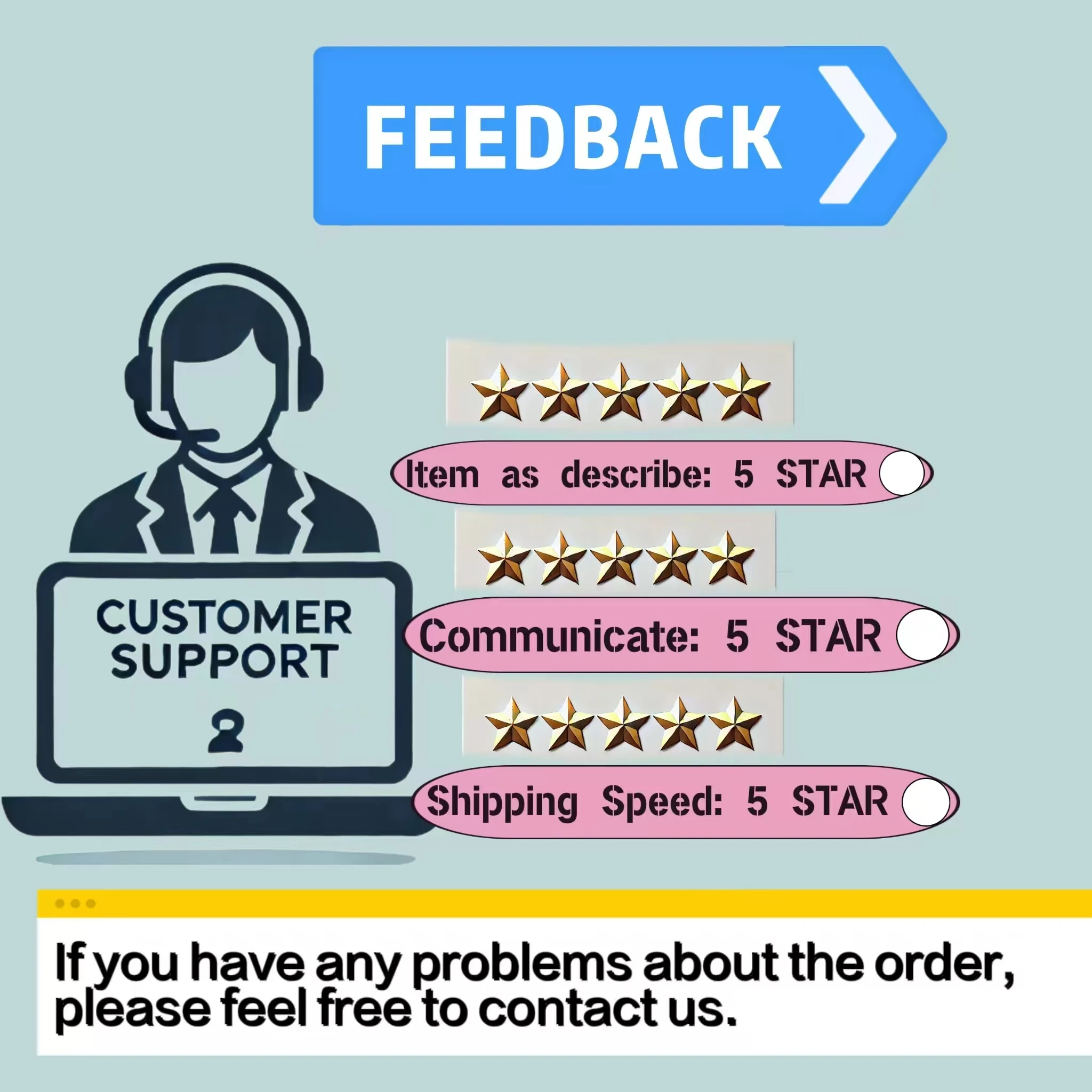


- ♥Hear From Our Happy Customers
- ♥Verified Buyer Reviews
- ♥Trusted by Professionals and Engineers


















